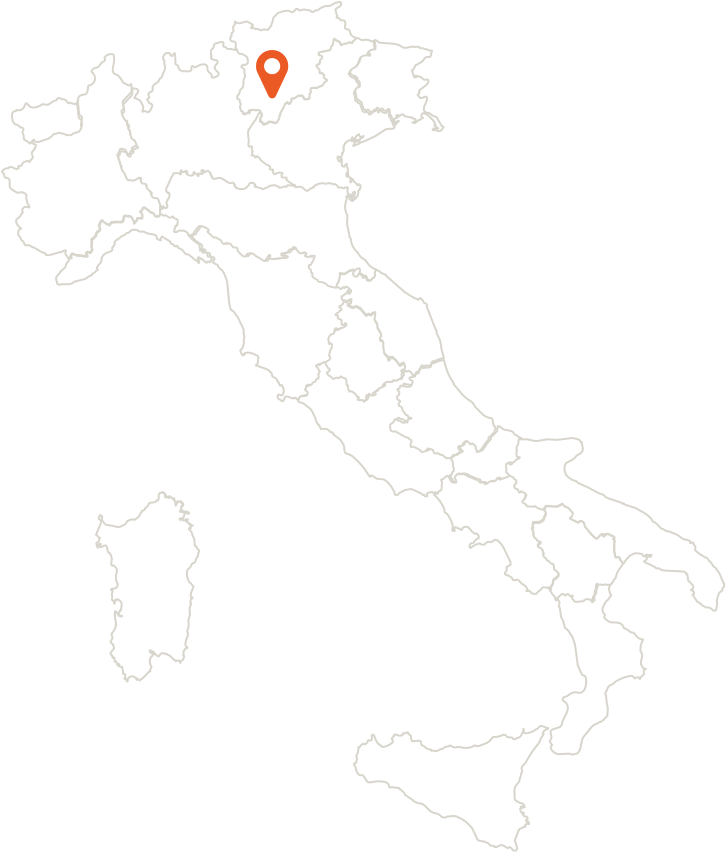honey alpine wildflowers
Product out of stock
honey
the different nectars that go into this “meditative” honey; rhododendron, raspberry, linden and thyme, give it an amber color, sometimes darkened by the presence of melata. honeys are ‘children of the flowers’, and they reveal the botanical makeup of their place of provenance like digital snapshots. mountain honey is often reminiscent of the aroma of boiled cardoon stems or artichokes, an elegant and pronounced scent, headed by quinine and rhubarb; scarcely sweet, it has a long, fresh and vaguely mentholated finish, which, with great harmony, closes the circle of the senses summoned.
accompaniments
a splendid addition to vegetables prepared with delicate spices, just before serving, and with greek yogurt, it is particularly suited for pairings with mountain milk products, so first and foremost the aged cheeses from high altitude pastures.
in the kitchen
in preparations of stock for cooking game, added to cooking water for vegetables like spinach, chard and asparagus. excellent in natural yogurt, fruit salads and smoothies.
provenance
altitude range: 1500-2400m
bloom period: june and july
plant variety
fabaceae, asteraceae, rosaceae, brassicaceae, boraginaceae, umbelliferae, leguminosae... the numerous species of plants present in italy, over 6,000 in all, account for more than half of the species in europe and offer honeys characterized by the flora of plains, hills, mountains and the unending cycle of the seasons. a symbiotic relationship binds flowers and bees. the flowers celebrate the bees, and each exists exclusively for the other.

pollens and combinations *
raspberry, plants of the genus ericacee (rhododendron), vetch, honeysuckle, birdsfoot, thyme, wild thyme
* Indicazione di possibili altri nettari (altre specie botaniche) presenti nel miele in percentuale ridotta.































